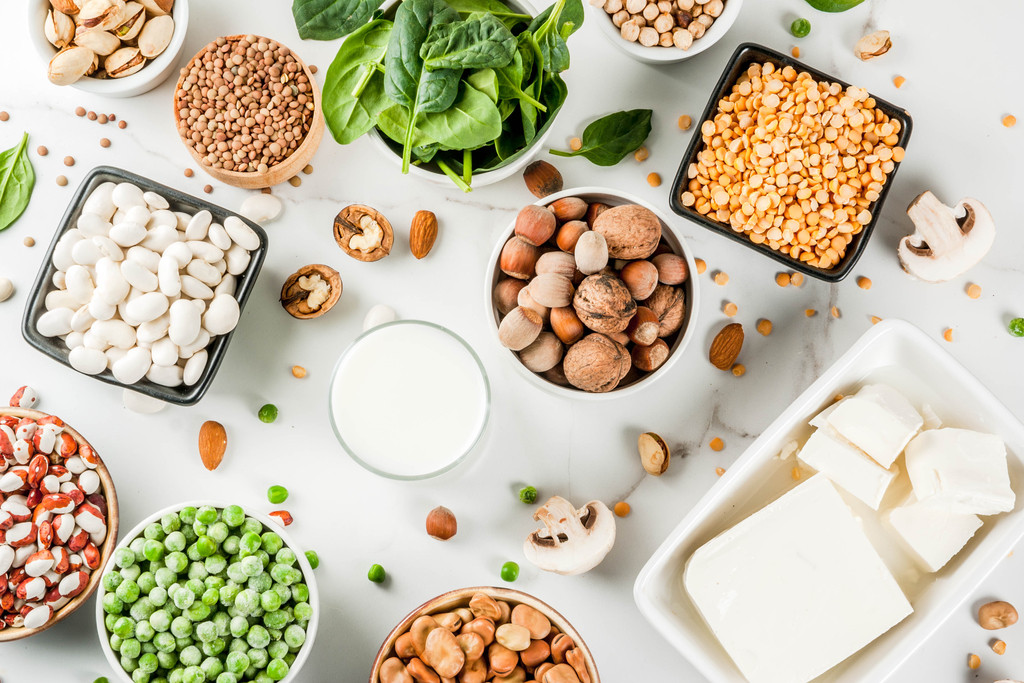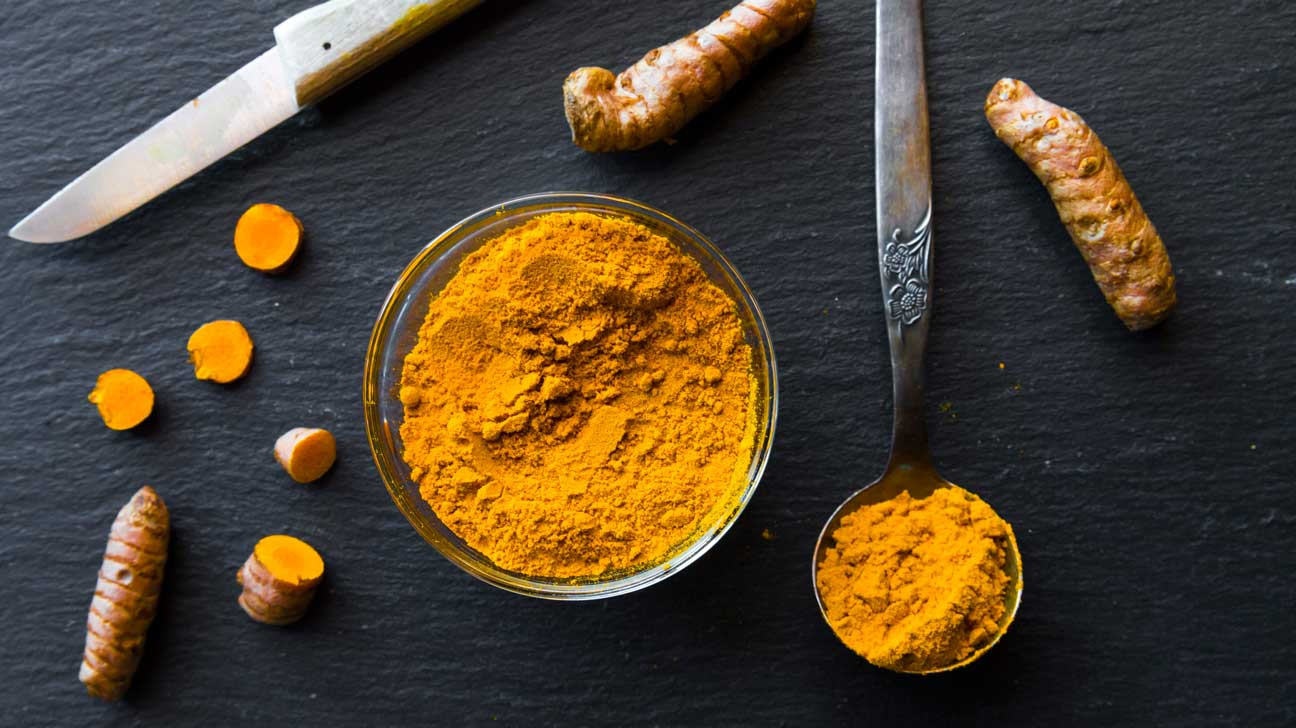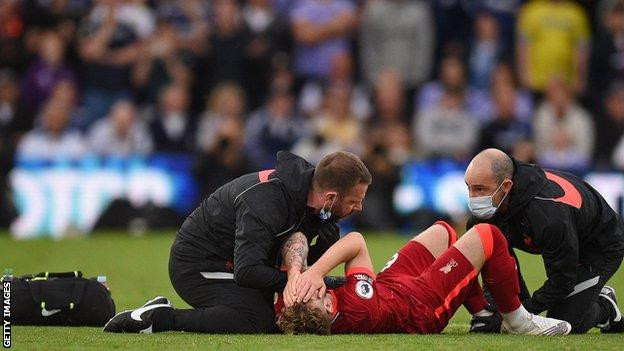Recent globalisation has meant that performers are experiencing increased demands of their sport in order to be at the top of their game, whether this be through the intensity of training, technical or cognitive skills, competition frequency, or game congestion (Strudwick, 2013; Anderson et al, 2017). With this, the prevalence of injuries has escalated at every sporting level, which can be consequential to an athlete's career. Recovery from exercise-induced injury may be considered to have two main stages.
1. Healing and recovery stage: Characterised by an initial inflammatory response, subsequent wound healing, and reduced activity. More severe injuries may also experience limb immobilisation and reduced activity levels. Here, we promote nutritional strategies to minimise muscle loss.
2. Rehabilitation and return to play: This usually coincides with nutrition recommendations similar to that of increased muscle growth
So, how can we utilise 'periodised nutrition' to help influence these above stages, and speed up the recovery process of injury?
Maintain Energy Balance
As expected, maintaining an appropriate energy intake plays an important role in the recovery process following injury. Many individuals believe that energy intake should be reduced, due to less expenditure through physical activity. However, it has been shown that expenditure does not reduce as much as expected, as the healing process itself requires a lot of energy, depending on severity/duration. This means that many individuals tend to result in a negative energy balance, meaning the loss of muscle mass and other physiological functions may be exacerbated. On the flip side, a large positive energy balance is also undesirable, as this could accelerate muscle loss due to systemic inflammation, especially within the initial healing stages.
Tip one:
Keep calorie intake similar daily and monitor any fluctuations in body weight to ensure energy balance maintenance throughout the healing process. There are many free prediction equations available online, one of which you can find here. It may be a good idea to take regular weigh-ins to ensure you are in your personal maintenance zone, or adjust if needed!

Maintain a High Protein Intake
Injuries resulting in limb immobilisation are harmful to muscle mass and tendon functioning. In addition to this, muscle oxidative functioning and metabolic flexibility are also impaired with muscle disuse. With this, it is important we consciously increase muscle protein synthesis (MPS) to reduce this net loss. Supplementation of essential amino acids (EAA) has been shown to be the most important factor in MPS stimulation. However, given their high cost, focusing on overall daily protein intake is currently preferred as a countermeasure for inactivity-induced muscle loss.
Tip Two:
Aim for 2-2.5g/kg of protein every day to help increase MPS. Keep in mind that if calories are reduced, protein intake will be reduced proportionally (unless a conscious effort is made to keep it high). Take a read of our 'All About Protein' blog here to see other reasons why protein is important within our diet and tips on how you can meet high recommendations.

Evidence on Nutraceuticals
There is some evidence for other various nutraceuticals and the role they may play in injury recovery. These are still fruitful areas for research, with dosages, timings, and other factors yet to be determined.
Omega-3: Omega-3 polyunsaturated fatty acids, are essential nutrients in neuronal cell function and neurotransmission, as well as inflammatory responses. With this, studies have found that consumption of omega-3 following injust can help to reduce pain/swelling.
Curcumin: A highly pleiotropic molecule with anti-inflammatory/oxidant properties. Studies have shown that consumption of curcumin may reduce an individual's pain and feelings of fatigue following injury.
Gelatin: A food source with similar properties to those found in collagen. Studies have shown consumption of gelatin can help to promote extracellular matrix production, as well as collagen synthesis.
Tip Three:
There is some evidence that nutraceuticals can help with the injury recovery process on a situational basis. Sticking to a balanced whole-food approach will help to ensure an appropriate intake of various vitamins and minerals, which each play a vital role in recovery (bone health, antioxidants, muscle contraction, etc).

We have worked with hundreds of clients who are wanting to get their nutritional intake nailed consistently, and most importantly - sustainably.
Book your free consultation today and become the best version of yourself.
